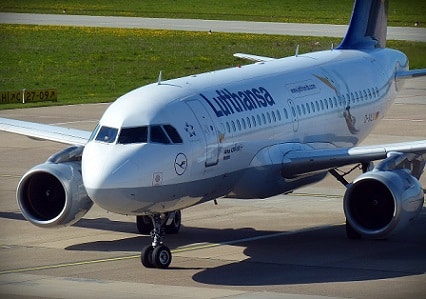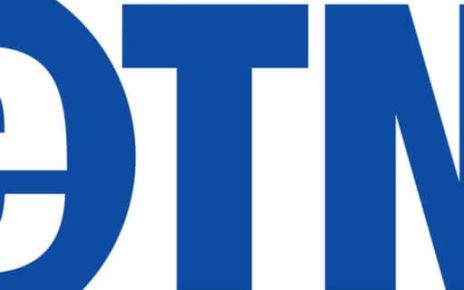The Lufthansa Group is looking to gain a stake in ITA Airways. Another airline, another hub: a good idea? Yes!
Italy will benefit from having access to a strong airline with a good network of international connections, if the synergies of the Lufthansa Group is exploited.
A focus in English on the importance of the Italian market for the development of the German giant was part of a dedicated chapter in Lufthansa’s most recent policy brief with a persuasive title: “Win-win for Germany and Italy.”
Traditionally, Italy has always strongly attracted travelers from all over the world. Its export-oriented economy makes it a major destination for business travel. Therefore, the Italian airline, which has undergone a major restructuring and operates from its hub in Rome, fits perfectly into the Lufthansa Group’s route network. In fact, Italy is already the most important market for the Lufthansa Group after the 4 domestic basins and the United States.
At the end of January, a letter of intent was signed with the Italian Ministry of Economy and Finance (MEF) to gain shares in ITA Airways. Since then, negotiations have been underway on the form of the participation, on the commercial and operational integration of the latter in the Group, and on the resulting synergies.
Skeptics fear this is an overly complex investment.
However, Lufthansa has already showed with the acquisitions of Swiss, Edelweiss, Austrian Airlines, Brussels Airlines, and Air Dolomiti, how such deals can be “successful” for both parties.
Indeed, to be successful as an airline globally, size is crucial. With 11 carriers “in its belly,” Lufthansa is the fourth largest airline group in the world in terms of turnover, behind the big three in the USA. Lufthansa Airline alone is not even in the international top 10. That’s why its companies are based in Austria, Belgium, and Switzerland, which strengthens Lufthansa and vice versa.
But also from the point of view of individual countries, being part of a network like Lufthansa is important both from an economic point of view and in terms of industrial policy.
Lufthansa argues in its brief that with the route network of the individual airlines and the 5 hubs in Frankfurt, Munich, Vienna, Zurich, and Brussels, the Lufthansa Group has built up a domestic market throughout Central Europe and offers a wide range of international flights. The advantage: a high degree of flexibility in route control and less dependence on individual locations.
Fundamental to the success of this multi-brand strategy is that each of the brands is autonomous and has an independent profile. Each airline in the Group is led by a local management, which caters to customers in the reference markets with its own carrier’s identity and brand. Each airline, therefore, plays its own role within the Lufthansa Group.
As premium carriers with many destinations served “high frequency,” Lufthansa and Swiss offer the highest degree of connectivity compared to other European airlines. Austrian Airlines connects its country to the rest of Europe and the world. Brussels Airlines’ main market is Africa, with flights to 17 sub-Saharan destinations.
The recipe for success of the Vienna and Brussels-based airlines is a combination of a high-quality offering and low cost, which enables them to compete even with low-cost carriers in their respective home markets.
Lufthansa CityLine operates from Frankfurt and Munich, and on other short European routes. Eurowings is one of the leading leisure airlines in Europe, and Eurowings Discover strengthens Lufthansa’s position in travel. And finally Edelweiss with its services from the Zurich hub and Air Dolomiti which, through the Munich base, serves the northern Italian market.
In this context, by becoming a member of the Lufthansa Group family, ITA could offer Italy a wide range of international connections.





